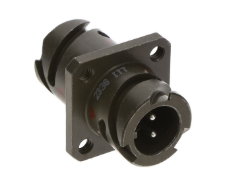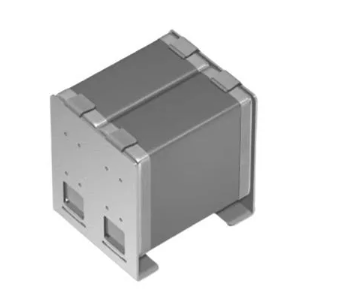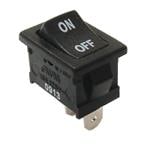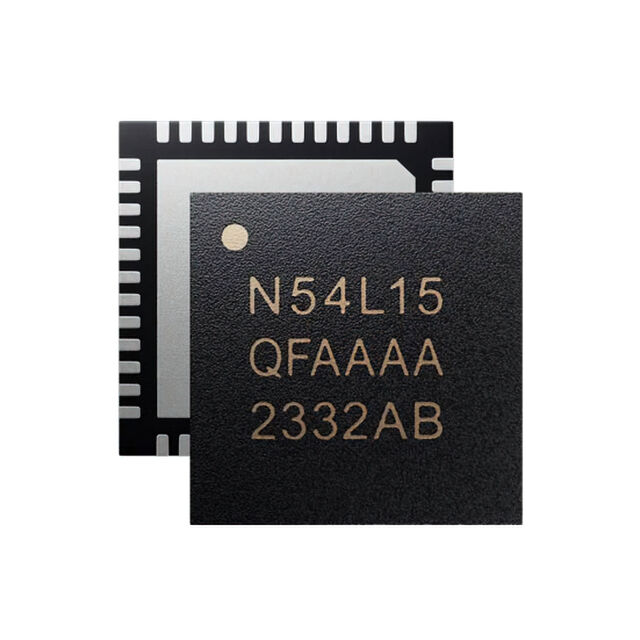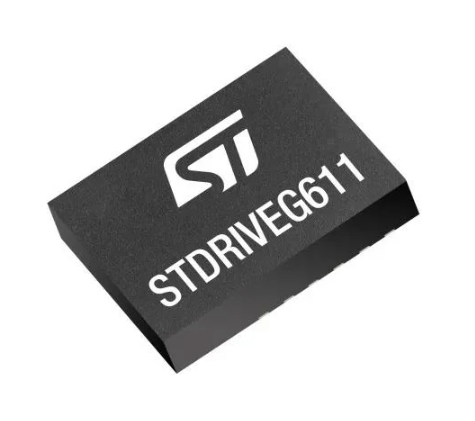Nexperia's 12-channel LED driver supports ASIL-B
Nexperia has introduced an AEC-Q100 qualified 12-channel, 40V high-side LED driver integrated circuit (IC) that complies with the ASIL-B level for designing functionally safe automotive lighting, including tail, brake, signal, and in-cabin illumination applications.
This release addresses the market demand from automotive manufacturers for ICs that can help systems achieve ASIL-B compliance much earlier in the design cycle.
The NEX13120FPC-Q100 exhibits exceptional thermal performance thanks to its low dropout voltage of 600mV at 100mA current, which translates into power saving of 15mW per channel and 5°C reduction in operating temperature. This dropout voltage is 200mV lower than similar competing LED drivers for the same test conditions. Independent channels on the NEX13120FPC-Q100 can deliver up to 100mA of 8-bit programmable output current and can be connected in parallel for applications with higher current requirements. This LED driver supports phase-shift pulse width modulation (PWM) dimming to deliver better load-transient and reduced electromagnetic interference (EMI). Configurable analog dimming and Pulse Width Modulation (PWM) dimming can support various application requirements, including dynamic animation effects.
Long distance off-board communication at data rates up to 2Mb/s is supported by the UART (universal asynchronous receiver transmitter) over a controller area network (CAN) digital interface, which can support up to 27 node addresses. The extensive range of diagnostic features on the NEX13120FPC-Q100 include LED open-circuit, short to ground, and single LED short-circuit detection. In addition, a configurable watchdog automatically places the device in a fail-safe state if connection to the CAN bus is lost.
The NEX13120FPC-Q100 can operate at a junction temperature range from -40°C to +150°C and is housed in a thermally enhanced 24-pin HTSSOP24 package. The NEX13120PC-Q100 is identical to the NEX13120FPC-Q100 and is suitable for applications without chip level functional safety requirements.


